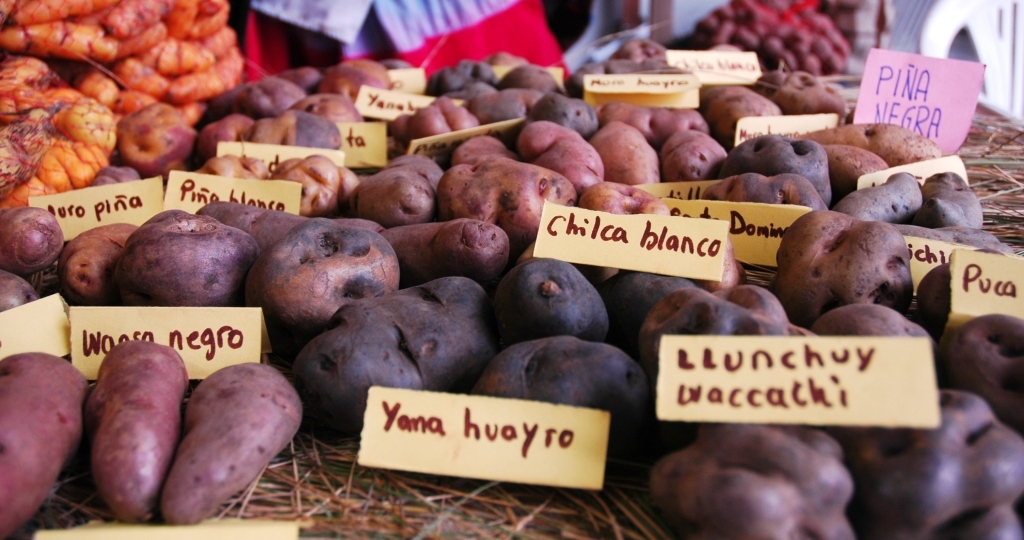
On-farm Conservation
Lead Organization:
Bioversity International
Community of Practice:
Countries:
Peru
Duration:
2/2010—2/2012
Overview:
On farm agrobiodiversity conservation is an important resource to increase resilience of agricultural systems, improve nutrition of farm families, access profitable niche markets and to conserve and increase plant germplasm for future breeding.
Since the Andes is a center of crop domestication and diversity, it has been the site for many agrobiodiversity conservation initiatives including those financed by the CCRP. The aim of the project is to identify which approaches and methodologies have worked successfully in on-farm conservation projects to deliver both biodiversity conservation and livelihood outcomes in the High Andes. There is a lack of systematic evaluation of the success of on-farm conservation projects in producing outcomes that maintain crop diversity on-farm and that create livelihood benefits for farmers in the form of improved income options, better nutrition, reduced vulnerability and improved ecosystem services.
The research will develop a framework to determine the extent to which on-farm conservation projects deliver livelihood (including nutrition and ecosystem services) and conservation outcomes. This framework will allow the CCRP, as well as other donors, policy-makers and practitioners to have the conceptual and methodological tools to assess the success of their projects and the lessons learned, and hence their investments as on-farm conservation projects are implemented and new projects are designed.
Grant Aims:
- To effectively assess the success of research and development of on-farm conservation projects in delivering conservation and livelihood outcomes.
- To strengthen the contribution of on-farm conservation projects to improvements in livelihoods and food security in marginal areas.
- Improve the ability of donors, policy makers and practitioners to assess the extent to which on-farm conservation projects have contributed to increased diversity on-farm and to the creation of livelihood benefits.
Outputs and Outcomes:
- Preliminary results from desk study shows that projects continue to do same interventions with little learning or precedent of if they are effective.
- It seems tying a native cultivar to cultural practices is more effective in promoting adoption than simply tying it to nutrition or markets
- Preliminary results using mapping software show social networks are a key indicator of success